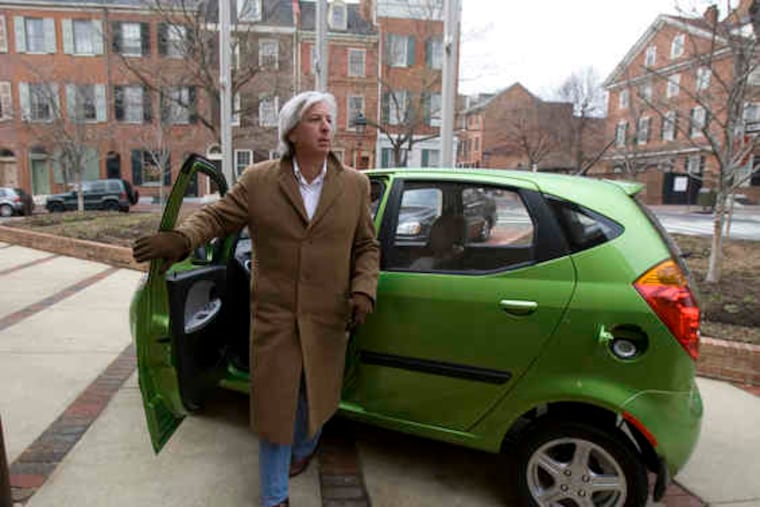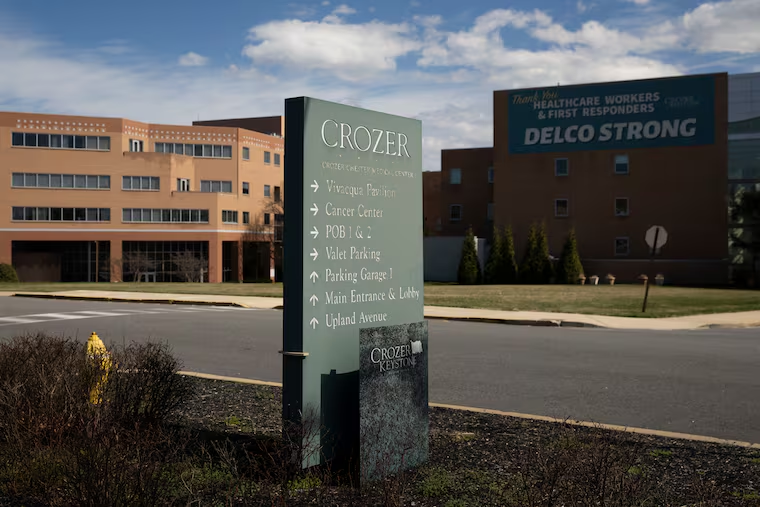Trump tariffs may boost U.S. manufacturing, including plans for affordable electric cars in Philadelphia.
Amidst shifting global trade dynamics and increasing tariffs aimed at its chief competitor, China, the current U.S. administration is advocating for a renewed focus on domestic manufacturing. The government is encouraging entrepreneurs to invest in future-oriented factories across the nation, emphasizing the potential for revitalizing U.S. industries.
This push for reindustrialization brings to light the struggles of those who have previously attempted to reshape American manufacturing landscapes. One such individual is Barry Bernsten, a steel trader based in Society Hill, who, during the late 2000s, envisioned establishing factories in the U.S. dedicated to producing affordable electric vehicles. Despite his innovative ideas, Bernsten was unable to secure the necessary funding and support to bring his vision to fruition.
During the economic downturn of the Great Recession, Bernsten founded BG Automotive, hoping to tap into the burgeoning electric vehicle market. However, funding proved elusive, even as rival companies like Tesla and Fisker received substantial government investments to develop high-end electric vehicles. Bernsten’s vision was more rooted in practicality, aiming to deliver affordable electric cars to the average consumer, a vision he hailed as essential for a diverse automotive landscape.
Bernsten sourced components from various suppliers, including electric motors from local engineers and batteries from East Penn Manufacturing in Pennsylvania. He attempted to collaborate with Chinese manufacturers to procure chassis, but faced challenges in aligning his ambitions with the realities of the market. His frustration grew as he witnessed the government funneling funds into more upscale ventures while ignoring his proposals, which catered to a broader demographic.
The question of labor availability looms large as the Trump administration seeks to revitalize U.S. manufacturing. With unemployment rates at historic lows, Bernsten reflects on how the labor market has changed since the Great Recession when job seekers were more abundant. Today’s competitive landscape for skilled workers includes offers from industries such as steel production and shipbuilding, making it difficult for new manufacturing endeavors to attract young talent.
As the administration continues to promote policies that encourage investment in domestic production, it remains to be seen whether mass-market electric vehicle manufacturers can effectively source labor and materials amid new challenges posed by tariffs and workforce availability. While the U.S. moves toward reindustrialization, the path to realizing a vibrant manufacturing sector may hinge on adapting to both the evolving economic landscape and the changing demographics of the workforce.







